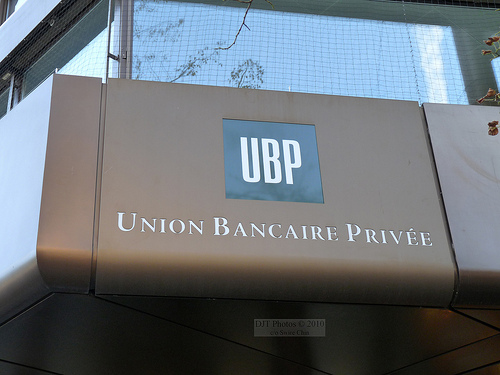Private equity and venture capital investment in Latin America soared to $11.6 billion in 2012, the second highest level in the past decade and more than double the performance in 2011, according to Venture Equity Latin America an annual report from Thomson Reuters.
The report describes the deal, fundraising, and exit activity in Latin America and the Caribbean for 2012. It is produced for private equity investors under the WorldTrade Executive (WTE) brand, which is affiliated with Thomson Reuters Checkpoint research platform.
The report notes that private equity activity in the region looked bleak in the first half of 2012, but a flurry of deals moved through the pipeline and closed in the second half to spur an impressive comeback from 2011, when deal activity fell to $5.5. Performance in the region was shy of exceptional 2010 levels which reached $17.2 billion, but it showed a continued recovery from prior years when levels dipped to about $3 billion annually.
“The demands of a growing middle class have fueled growth across sectors — in the consumer sector, in particular — with a focus on e-commerce and Internet related deals,” said Linda Zhang , editor of Venture Equity Latin America. “Major players remain confident in the region’s potential, as demonstrated by three investments from The Carlyle Group and five from Intel Capital solely in Brazil, mostly in the consumer sector.”
Total fundraising activity reached only $4 billion in 2012 — a decrease of 68 percent from record levels in 2011. The report, however, suggests this is not a major concern. After three robust years for fundraising, private equity and venture capital firms appear to be shifting away from raising capital to focus on deal-making.
COUNTRY-SPECIFIC HIGHLIGHTS:
Brazil posted the second slowest growth of all countries in Latin America in 2012, but that did not deter investors. There were 72 completed deals in Brazil in 2012 – representing half of all deals in Latin America – a 71 percent increase from 2011.
Mexico is drawing attention for its recently implemented mandatory pension fund system. “One interesting trend this year is the role of local pension funds which are providing a new source of capital in the region, with examples of this in Mexico, Chile and Brazil,” said Gary Brown , publisher of Venture Equity Latin America.
Argentina, once a darling of international private equity investors, posted macroeconomic growth of 1.9 percent in 2012, down sharply from 8.9 percent in 2011. Several factors are contributing to this slow growth, from lower investments to lower consumer confidence from import curbs and capital and currency controls.
Chile replaces Argentina as the lead in the Andean Region.Chile reported gross domestic product growth of 5.6 percent in 2012, boosted by a 7.1 percent increase in domestic demand. Chile’s economy ended 2012 on solid note, with gross fixed investment increasing by 18.1 percent year-over-year.
MARKET SEGMENT HIGHLIGHTS:
The Internet sector drew unprecedented attention from private equity and venture capital funds in 2012. The e-commerce sector captured the largest proportion of deals and exceeded the number of deals in the energy sector for the first time.
The for-profit education market, meanwhile, remained solid, capturing 4 percent of all deals, due to an expanding middle class, a strong job market and a growing demand for skilled labor.





